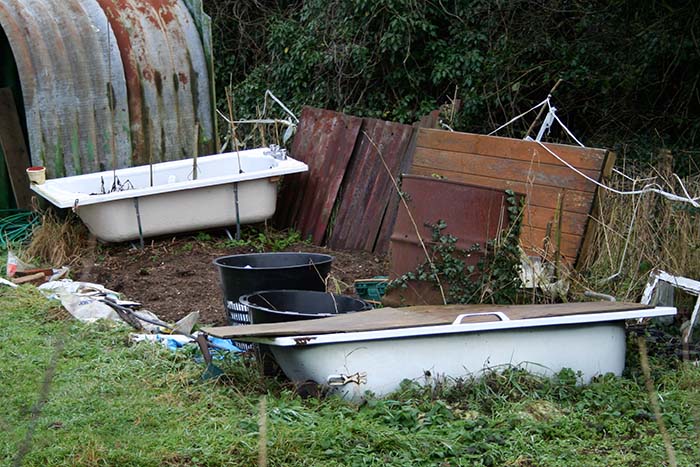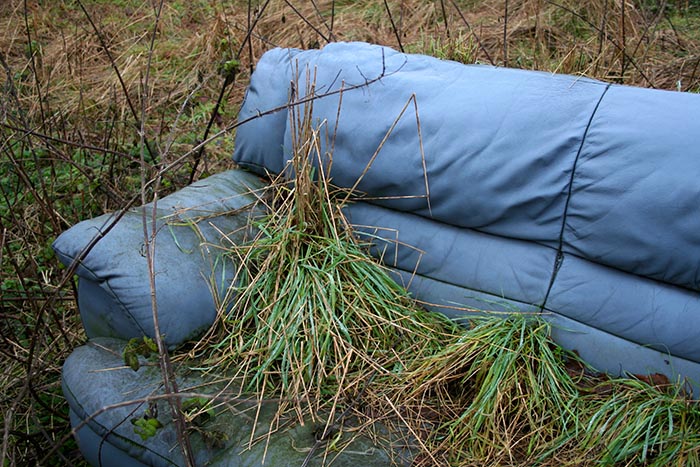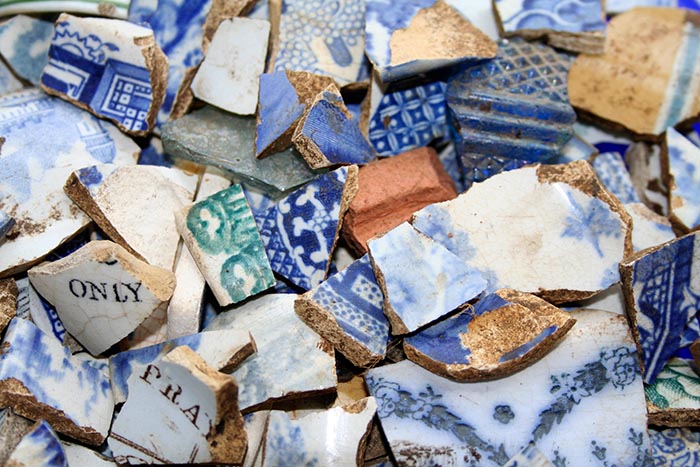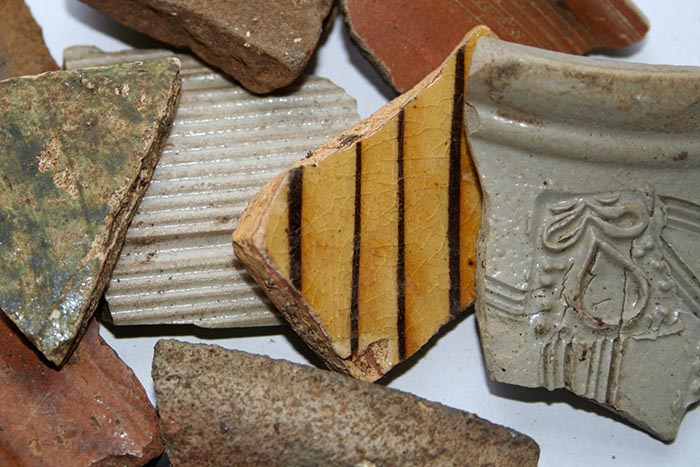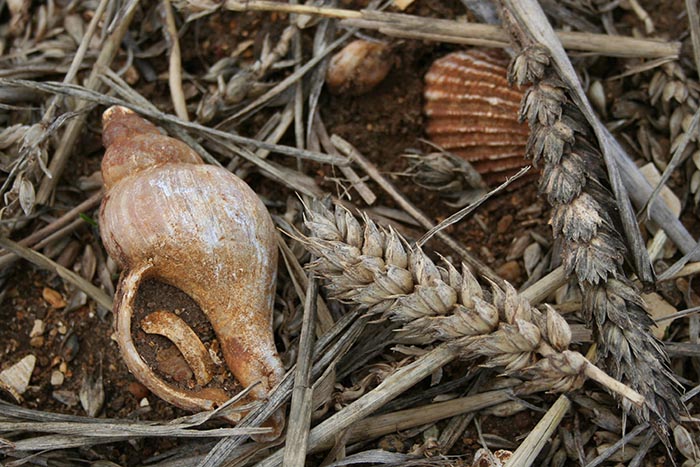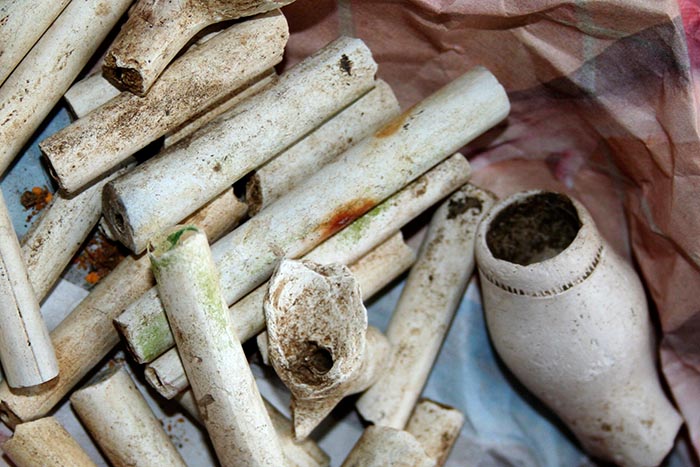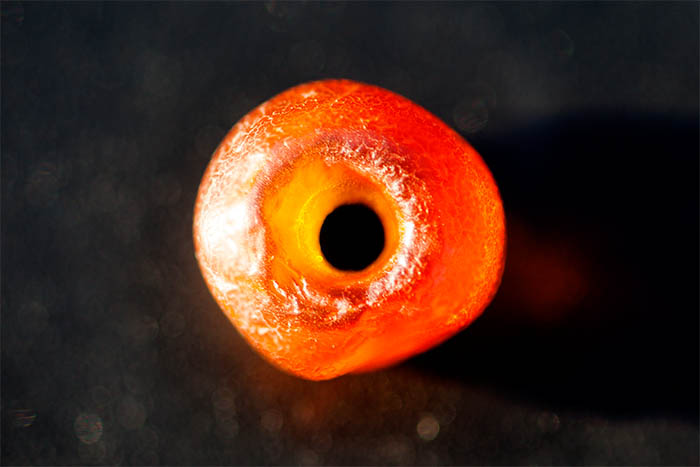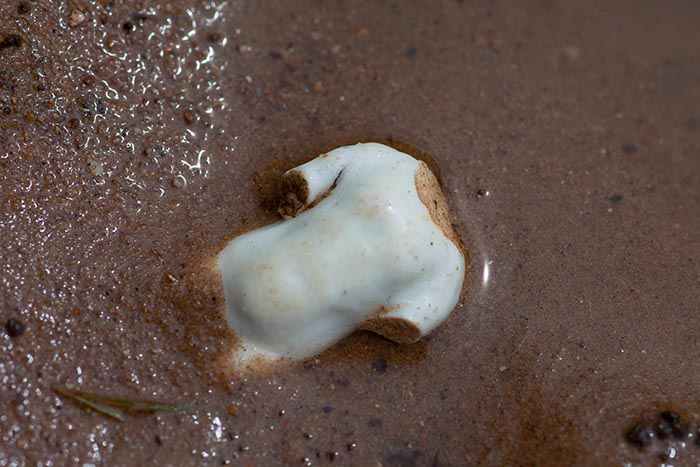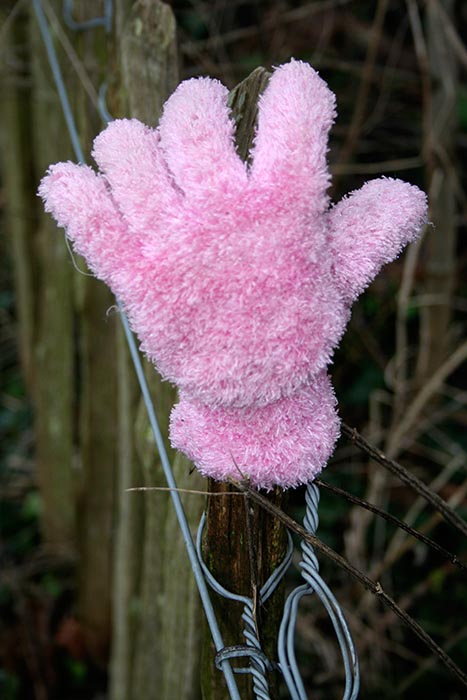Marginalia
A line of small objects is laid out next to my keyboard on the sunlit tabletop. As I type, little tremors set off by the pressure of my fingers hitting the keys dislodge residual grains of sand from the objects’ surfaces. All the time when I am writing, I hear the tiny clatter of sand grains as they fall onto the table and settle in the dark pools of shadow cast beneath each object. All of the things in the arrangement have been retrieved from the landscape I see beyond the window; my personal collection of local archaeological trophies is brought home, piece by piece, following successive winter ploughings. Out there on the industrial acres of carrots and winter wheat, between the rows and around the roots, the earth contains an unofficial, gratuitous crop of cast-offs and throw-backs. Each time the furrows are opened the sandy earth yields a patchy, unpredictable harvest. It is as though the winter fields half dream, half wake into muddled recollection of the past, turning up and turning over random retrievals. Held in the palm of my hand, the momentous, the marginal and the minute collide in these mementoes of geological deposition, domestic possession and agricultural labour. My finds evoke the disparate lives and losings that have happened in this place.
Entangled with the shoots of the arable crops, the long root of history penetrates deep into the ground here. The contents of my miniature archaeological collection all come from fields on high ground above the village - the Great Hill - close to a place known in local parlance as Screwsmere, or The Screws, a Middle English name testifying to the agricultural activity of ‘screwing’ or ‘drilling’, that is, planting seed. Aerial photographs of the fields abutting what are now the village allotments reveal five large circular scars imprinted on the land; clear evidence of Iron Age human habitation. Water flanks the village on three sides, waiting attentively at the land’s margins. The Screws are surrounded by low lying marsh, tracts of land reclaimed from the sea, the river Deben and the creek. Here, the sense of occupying in-between space, liminal land borrowed from the sea is strong. It is a place of edges and extremities, vulnerable brinks and bounds, all tenuous enough for rising water to wash both boundaries and their histories clean off the map.
The fragility of the limits dividing land from water is reiterated in the shifting boundaries that lie between farm and village, field, allotment, and garden. The borders between industrial scale food production and domestic cultivation do not separate so much as they coincide and overlap. An old sofa, abandoned in the no-man’s land between allotment and arable, begins a gradual metamorphosis: couch grasses are taking hold, starting to submerge it. Old earth-filled bath-tubs, their shapes reminiscent of coffins, cradle and sprout new life. Discarded doors and oildrums, bottles and boxes are there too, the durable dis-possessions of the village; things which have progressed into and out of homes - now broken, breaking down, finding their way into the land.
You do not have to scratch the surface of the local land too deep to tear apart the skin of the present. The soil here is inhabited by fabulous ghosts of the primeval; corals, gastropods, sharks, and hippos who came and went before the fields were ever fields, when the place that would become a thing called a farm in an area that would come to be known as Suffolk was still submerged under a tropical sea. Sometimes, in the furrows’ newly opened jaws, shiny black arrow-sharp teeth protrude, shed by giant sharks who once patrolled waters that covered the land here in deep geological time. Undiscriminating, the land regurgitates these half-digested evidences, spits them back in no particular order, scrambling the leavings of millennia. When the wind is in the north east, the Deben discards fragments of amber, as it has always done, and once in a while a single Anglo Saxon bead resembling a congealed gobbet of sunlight will surface on the land. Cobalt blue splinters of transfer-printed ‘Chinese’ willow pattern dinner plate, made in the Staffordshire potteries, lie adjacent to honey coloured shards chipped from robust 18th century slip-trailed English earthenware. I used to hope that my searching would elicit a fragment of truly prehistoric ceramic, the kind whose surface is decorated with concentric rings of impressed pattern - crisp zig-zags, chevrons, and interlaces imitating the surface textures of basketwork. I have never found one, and I realise that I do not need to. Acres of the landscape form the substrate for pristine patterns imprinted by the giant treads of tractor tyres. Their crisp criss-cross hatchings and meanders are just as intricate as any prehistoric potter’s marks. They are as fragile and transitory as ceramic, here today, gone tomorrow, blurred by wind and erased by rain. Amongst the stubbles, the perfect spiral and concise swell of a still intact marginella shell belie the fact that its gelatinous occupant expired 50 million years ago. A white glazed ceramic object is both evocative and poignant - maybe a doll or maybe a figurine of a child - it survives exhumation as a headless dismembered torso. White clay tobacco pipe-stems, dropped by 17th century ploughmen, resurface often and my cache of them resembles a disorderly forensic collection of fragile hand or foot bones awaiting re-assemblage, examination, identification. Who is it that has gone missing?
Why do I linger over this detritus? It is because such lost property is imbued with very powerful properties. Looking at the things which are surfacing is also an act of facing, of coming face-to-face with the past: connecting. These leavings matter because they put me in touch: each one is a direct contact with an individual life and when I touch each object, I touch something that touched the hand of its user or maker. The objects serve as both mental and material reference points, physically mapping the pre-existence of other people, other animals, other lives, other times and other places. Picturing the things that were once someone’s personal possessions is a way of both acknowledging previous presence and making the past become physically present, tangible: it lets the here and the now, and the there and the then open onto one another. Items which are lost, refused or displaced come, through time, to constitute a new and intricately detailed version of a locale, a world within a world
The land swallows, subsumes, and returns tokens of the essential human activities which have long gone on here; cooking, eating, smoking, working the land, growing food. Most of my finds have been implicated in the making of homes, and now it is as if they act as homing devices, making their way back, entering my home, my imagination. They act as powerful reminders of the cycles of arrival and departure, growth and decay, making and unmaking. They are markers of resourcefulness, creativity, continuity, relatedness, and each of them embodies the prolonged farewell of someone or something. Together they show how here and now, elsewhere, yesterday and tomorrow all impinge directly on this landscape which comes to tell an unfinished story and to divulge a richly unruly record of lives. The past just as much as the present is salient in this story, continually reappearing, unexpectedly reasserting itself, making unannounced arrivals, offering unanticipated residues and fragments - putting us, the present occupants, in place.


